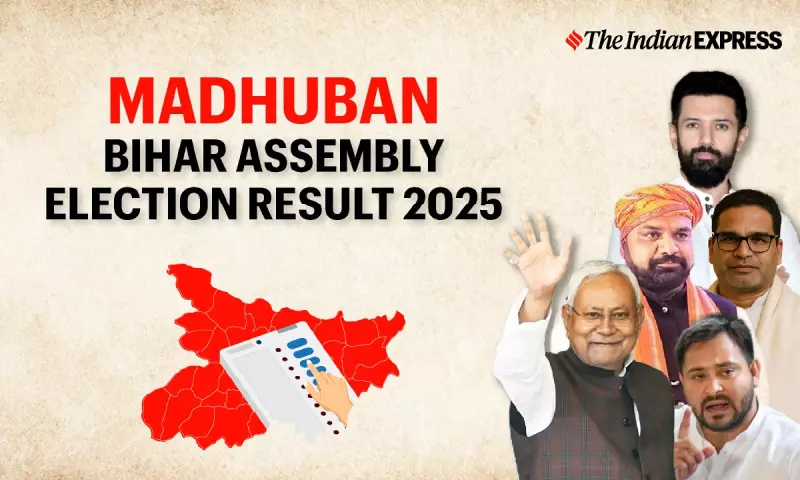
Madhuban Assembly Constituency Election 2025: Complete Results Analysis
The political landscape of Madhuban constituency in Bihar witnessed significant activity as voters cast their ballots on November 11, 2025. This assembly seat, among the 243 constituencies in Bihar Vidhan Sabha, saw intense competition between major political parties and their alliances. The election process unfolded across two phases on November 06 and November 11, 2025, with counting scheduled for November 14, 2025.
Key Candidates in the Fray
Several prominent candidates contested for the Madhuban assembly seat, representing diverse political ideologies and parties. Rana Randhir from the Bharatiya Janata Party (BJP) sought to continue his winning streak, having secured victory in the previous assembly elections. The Rashtriya Janata Dal (RJD) fielded Sandhya Rani, while Vijay Kumar Kushwaha represented the Jan Suraaj Party.
Other significant contenders included Shivshankar Ray from Janshakti Janta Dal, Harishchandra Kumar Prasad of BSP, and Kunal Bhushan Alias Bittu from AAP. Independent candidates Shashi Ranjan Kumar Alias Sonu Singh and Syed Mohammad Imam also joined the electoral battle, making the contest particularly interesting for political observers.
Historical Context and Previous Performance
In the last Assembly elections, BJP's Rana Randhir emerged victorious by a margin of 5878 votes. The runner-up position was secured by RJD's Madan Prasad, who gathered 67301 votes. This historical context added significance to the 2025 elections, with both major parties determined to either maintain or change the existing political equation.
The regional alliances played a crucial role in the electoral dynamics. The RJD-led Mahagathbandhan and the NDA comprising JD(U) and BJP, along with other partners, battled for dominance across the state. This political configuration significantly influenced campaign strategies and voter mobilization efforts in Madhuban constituency.
Voter Participation and Electoral Process
Bihar witnessed an encouraging voter turnout of 57.3% in the 2025 assembly elections, showing a slight increase compared to the 2020 figures. This enhanced participation reflected the electorate's engagement with democratic processes and their awareness about the importance of their voting rights.
The election commission implemented comprehensive arrangements to ensure smooth polling across all constituencies. Strict security measures, voter verification systems, and transparent voting mechanisms were put in place to maintain the integrity of the electoral process. The counting of votes commenced as scheduled, with elaborate preparations to handle the process efficiently and declare results promptly.
Candidate Profiles and Electoral Dynamics
The candidate list revealed interesting aspects about the electoral competition. Vijay Kumar Kushwaha of Jan Suraaj Party declared assets worth approximately 3 crore rupees, while Sandhya Rani from RJD reported assets around 1.37 crore rupees. These financial disclosures provided voters with insights into candidates' backgrounds and helped in making informed decisions.
Age diversity among candidates was another notable feature, with contestants ranging from 28 to 57 years. Educational qualifications varied from literate to post-graduate levels, representing different sections of society. The presence of both experienced politicians and fresh faces created a balanced electoral field that appealed to various voter demographics.
Broader Political Context and Implications
The Madhuban constituency results formed part of the larger political narrative unfolding across Bihar. With 243 assembly seats at stake, the outcomes would determine the state's governance direction for the next five years. The competing alliances left no stone unturned in their campaign efforts, addressing issues ranging from development and employment to social justice and infrastructure.
Political analysts closely monitored the Madhuban results as an indicator of shifting voter preferences and the effectiveness of various parties' campaign strategies. The constituency's historical voting patterns and demographic composition made it a microcosm of broader political trends in the state.
As the counting process progressed, political workers, media representatives, and citizens eagerly awaited the final outcomes that would shape Bihar's political landscape and governance priorities for the coming years.





